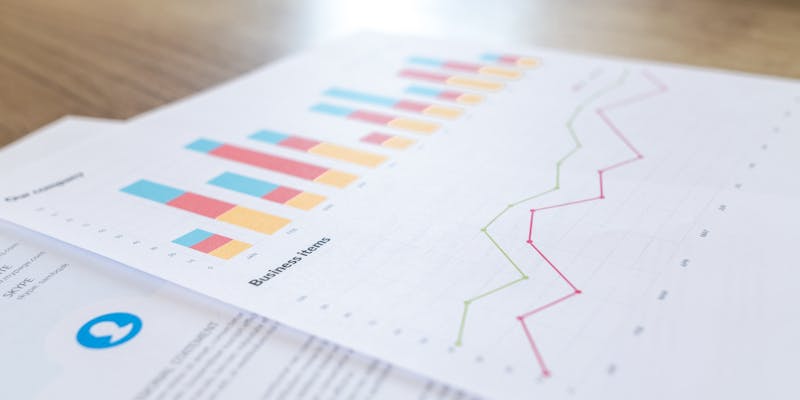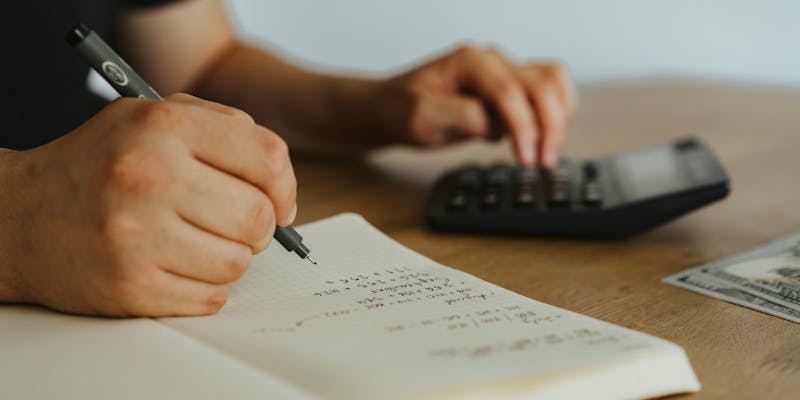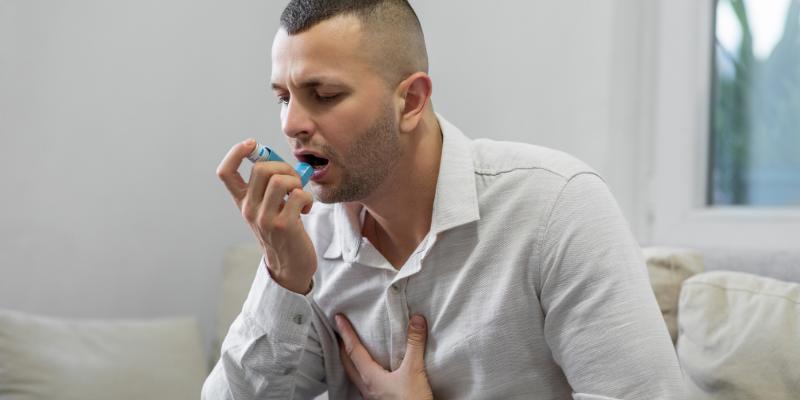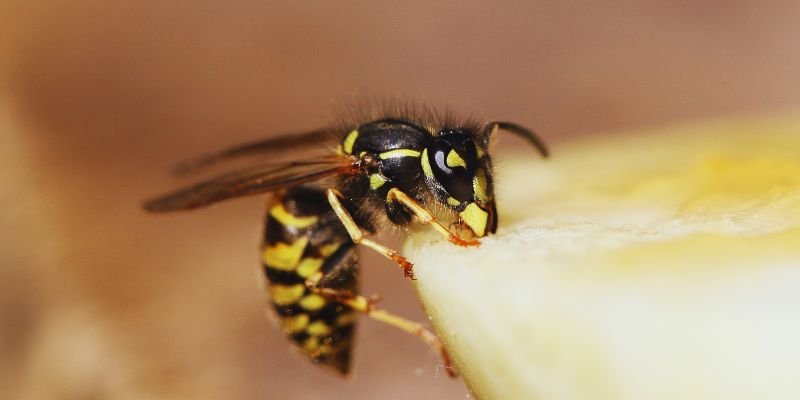What Are the Most Effective Methods for Treating Claw Toe?
A claw toe is bending into a claw-like position and often causes pain, discomfort, and difficulty in wearing shoes. This condition has been related to nerve damage or muscle imbalances and is often caused by improper footwear fitting or health conditions. The deformity of the claw toe can range from mild to severe, but prompt treatment can significantly help manage its symptoms and cure the deformity. Pain might be prevented with simple care at home, changes in lifestyle, and drugs, while toes will be straightened accordingly. Understanding the cause and treatment modes will be inevitable in getting healthier and pain-free feet, apart from avoiding future complications. Early detection proves to be a proactive measure toward having better and greater mobility.
Know Your Claw Toe:
Claw toe results from a muscle or tendon imbalance within the toes due to curled, claw-like toe formations. They mainly involve all four smaller ones and can be flexible and rigid. Some movement is present in a flexible claw toe, whereas rigidity and restricted movement are observed in a rigid claw toe and usually require aggressive treatment. Claw toe can be caused by improperly fitting shoes, neurological disorders, or underlying conditions such as arthritis or diabetes. Early diagnosis and treatment, including physical therapy, supportive footwear, or orthotic devices, can halt further progression and make the person feel more comfortable and mobile.
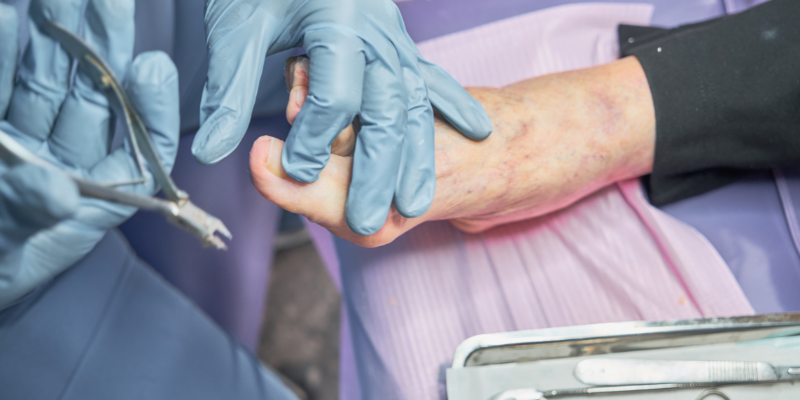
Symptoms of Claw Toe
A claw toe is a foot deformity wherein toes curl downward for a claw-like shape. It causes discomfort and pain while walking or wearing tight shoes. This condition usually leads to the development of corns or calluses on top of the toes due to constant friction. Claw toes will make it difficult for patients to extend their toes as improperly fitted footwear deepens their discomfort. Early diagnosis of symptoms can effectively treat the condition and prevent progression. Early treatment with supportive shoes, stretching exercises, and orthotics can relieve and avoid some invasive treatments.
Non-Invasive Treatment of Claw Toe
Non-invasive procedures help relieve the discomfort associated with claw toes. Orthotic devices are over-the-counter or custom shoe inserts designed to relieve pressure and adequately align the toes. These appliances offer support, reduce pain, and eliminate friction. Supportive footwear is just as important; ideal shoes for avoiding further irritation are those with a spacious toe box, thickened heels, and cushioned soles. Avoiding high heel or tight shoes is necessary because tight shoes can aggravate the condition.
Physical therapy and stretching exercises can strengthen and stretch the muscles and tendons of the feet to correct an imbalance that brings about a claw toe. Practical exercises involve toe taps, towel curls, marble pickups, and extensions. It is advisable to do the exercises daily for better results. Strategies for managing pain can be in the form of handling pains and inflammations by using ice packs, pain relievers such as ibuprofen over-the-counter, and different kinds of massage on the toes and feet. Avoiding an overweight body and not standing or walking for long hours also helps reduce pressure on the feet, increasing comfort.
Surgical Treatments for Advanced Claw Toe
These interventions are applied only when all the nonsurgical alternatives appear futile. If the deformity is a flexible claw toe, the proper intervention involves tendon release or transfer wherein tendons can be lengthened or transferred to achieve balance in the toes. In more serious instances, severe claw toe is addressed by joint fusion, which includes permanently joining bones to keep the toes straight and eliminate motion in an involved joint. Amputation, though rarely done, becomes a last resort when the toe is severely damaged and requires amputation to improve its condition. For this purpose, it is recommended to consult a podiatrist or an orthopedic surgeon to determine the most appropriately needed surgical procedure according to the severity of the condition.
Hints for Managing Claw Toe at Home
Home management of claw toe takes the form of realizable and feasible measures to alleviate pain and prevent worsening. The protective padding, which could be corn pads or silicone sleeves, reduces friction and prevents the formation of corns or calluses. Daily warm water soaks loosen the stiffness and improve flexibility, making the foot feel comfortable. Daily stretching exercises will help maintain the range of motion and prevent further deterioration. In addition, monitoring the symptoms and seeing a medical professional if they continue or worsen provides proper care and management. Combining these simple at-home practices with medical guidance can significantly alleviate discomfort, enhance foot health, and stay active while minimizing the risk of complications.
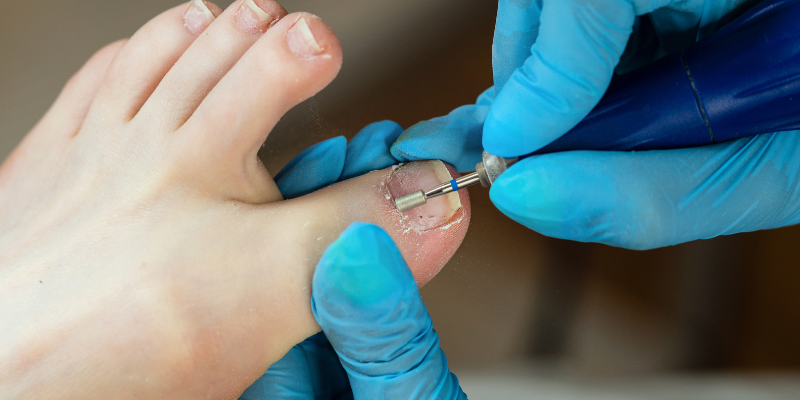
Can Claw Toe Be Prevented?
While not all claw toe can be prevented, some measures significantly reduce the risk. First and foremost, comfortable, well-fitting shoes with adequate space for the toes can avoid unnecessary pressure and friction. Avoid high heels and tight footwear since these will contribute to or even develop claw toes. Regularly engaging in foot-strengthening exercises helps maintain muscle balance and toe flexibility, reducing the likelihood of deformities. Moreover, managing underlying health conditions such as diabetes or arthritis is crucial, as these can increase the risk of complications leading to claw toes. Maintaining a healthy weight also helps reduce pressure on the feet, promoting good foot health. This preventive measure can ensure avoiding claw toes and a pain-free walk in the long term. Through early awareness and prevention, foot health and functionality are preserved.
Conclusion
Claw toe can be treated, and there are numerous remedies for it. From orthotics and physical therapy to surgical intervention, success depends on attacking the problem early and receiving proper care. You can reduce pain, regain mobility, and improve your foot's general health if you proactively discuss your condition with a medical provider. Whatever it may be, simple home remedies or advanced treatments, the solutions are in your hands to regain comfort and confidence in your daily pursuits.




